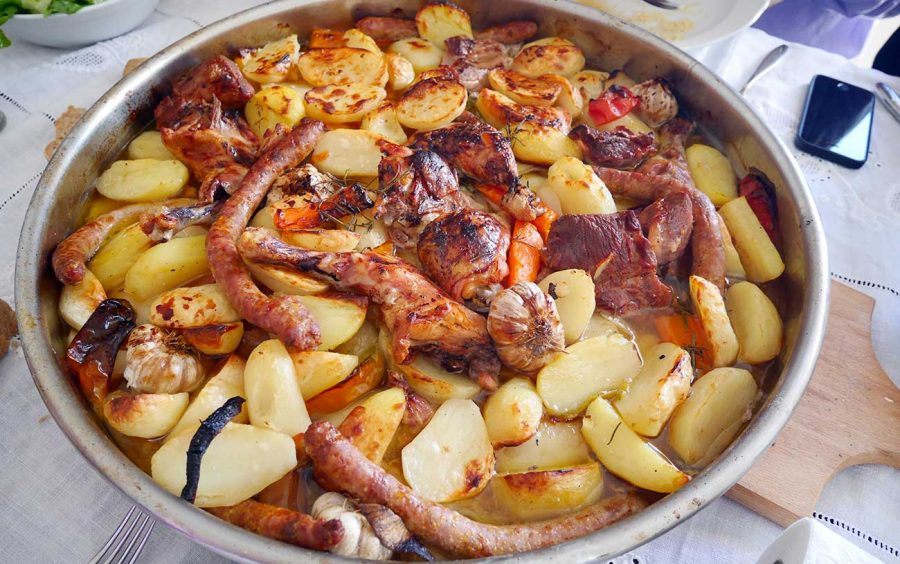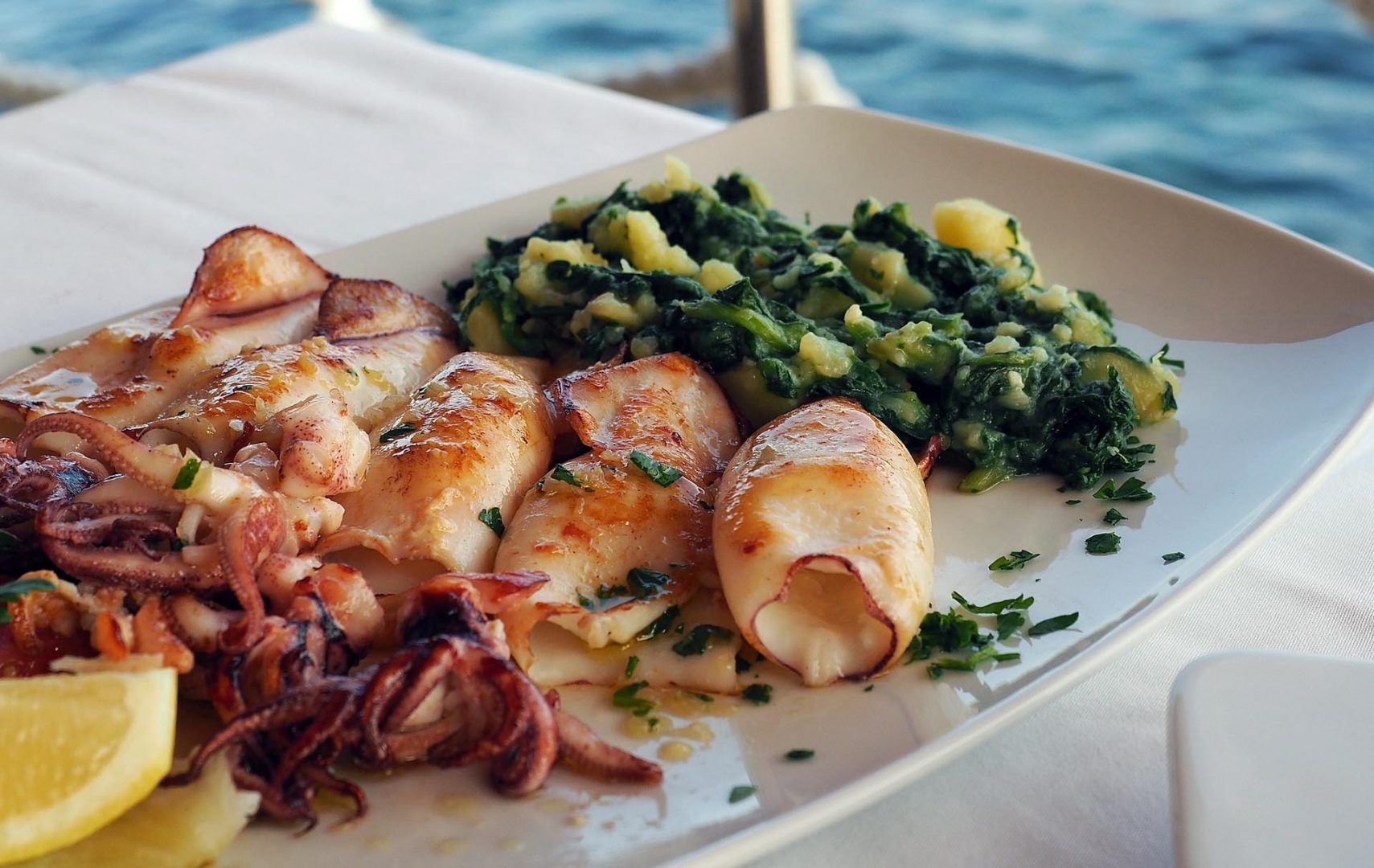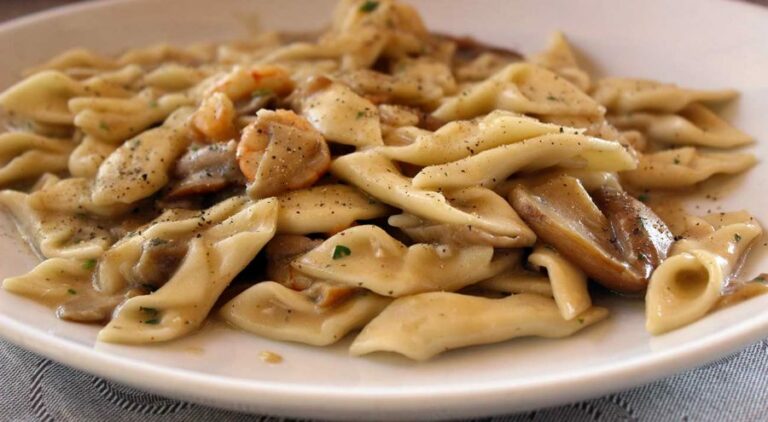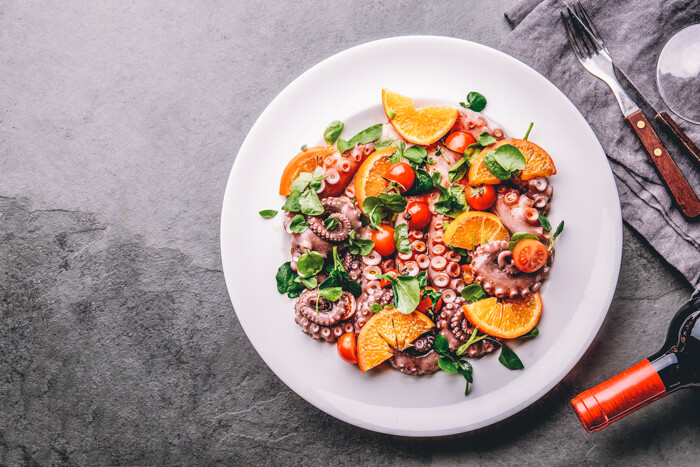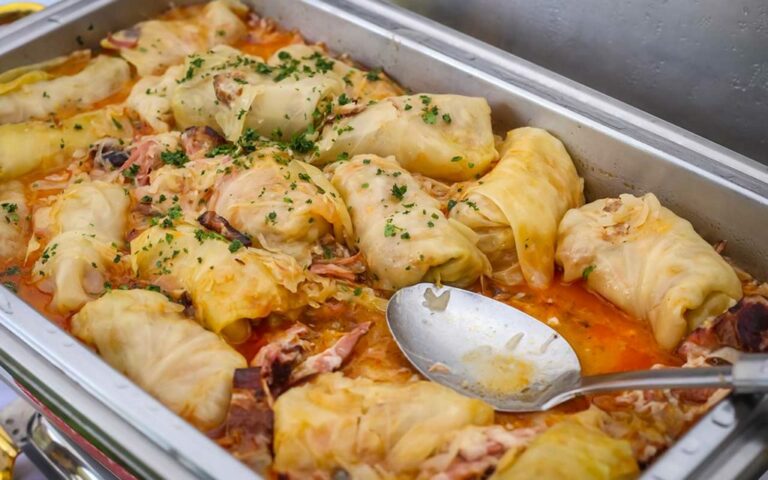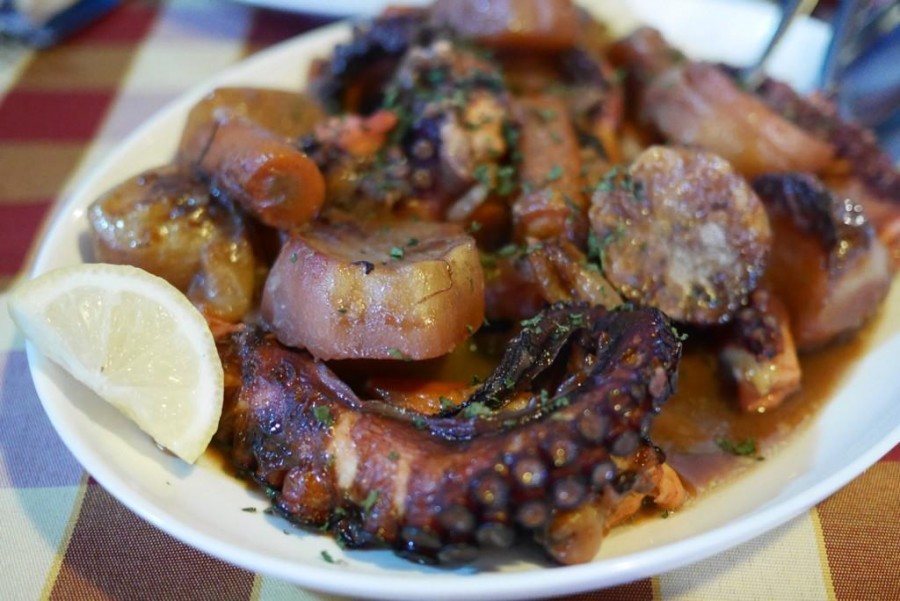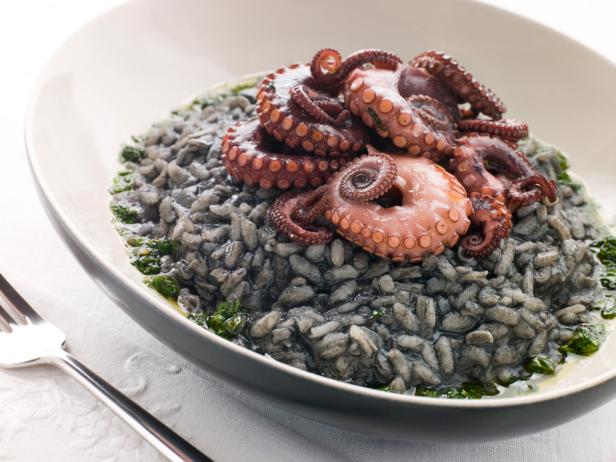Introduction: Croatian cuisine
Croatian cuisine is a reflection of its diverse cultural influences and its unique geographical location. Located in the heart of Europe, Croatia boasts a rich culinary heritage that is a blend of Mediterranean, Balkan, and Austro-Hungarian influences. The cuisine of Croatia is characterized by its simple, yet flavorful ingredients, fresh seafood, meats, and vegetables, and its use of herbs, spices, and olive oil.
A brief history of Croatian cuisine
Croatian cuisine has a long and interesting history that has been shaped by various cultural influences over the years. The ancient Illyrians who lived in the region were the first to cultivate grapes, olives, and wheat. The Greeks and Romans brought with them new culinary techniques and ingredients. The Slavs who arrived in the 7th century introduced new cooking methods, such as grilling and roasting. The Turks and Venetians also left their mark on Croatian cuisine, introducing new spices and dishes.
Regional specialties in Croatia
Croatian cuisine is as varied as its geography, with each region offering unique specialties. The coastal regions are known for their fresh seafood dishes, such as grilled octopus, black risotto, and brudet. The inland regions are renowned for their hearty meat dishes, such as peka, a slow-cooked lamb or veal stew. The Istrian region is famous for its truffles, while the Dalmatian region is known for its olive oil and wine.
Ingredients and flavors in Croatian cuisine
Croatian cuisine relies heavily on fresh, locally-sourced ingredients. Some of the most commonly used ingredients include olive oil, garlic, herbs such as rosemary and sage, vegetables, and fruits. Croatian cuisine is also characterized by its bold flavors, thanks to the use of spices such as paprika, cumin, and cinnamon.
Traditional cooking methods in Croatia
Croatian cuisine has a rich tradition of cooking over an open fire. One of the most traditional methods is peka, which involves slow-cooking meat or fish under a bell-shaped lid that is placed over hot coals. Grilling and roasting are also popular methods, and many dishes are cooked in a clay pot or on a spit.
Popular dishes in Croatia
Some of the most popular dishes in Croatia include cevapi, a grilled minced meat dish served with onions and ajvar (a red pepper relish), pasticada, a hearty beef stew served with gnocchi, and sarma, a dish of stuffed cabbage rolls. Other popular dishes include brodet, a fish stew, and crni rizot, a black risotto made with squid ink.
Signature dishes in Croatian cuisine?
While there are many popular dishes in Croatian cuisine, there are no widely recognized signature dishes that are unique to Croatia. However, Croatian cuisine as a whole has become more recognized in recent years, thanks to the country’s growing tourism industry and the popularity of Croatian chefs on the international culinary scene.
Conclusion: The diversity of Croatian cuisine
Croatian cuisine is a reflection of the country’s diverse cultural influences and its unique geography. From hearty meat dishes to fresh seafood, Croatian cuisine offers something for everyone. While there may not be any widely recognized signature dishes, the cuisine as a whole is gaining recognition and appreciation around the world.

